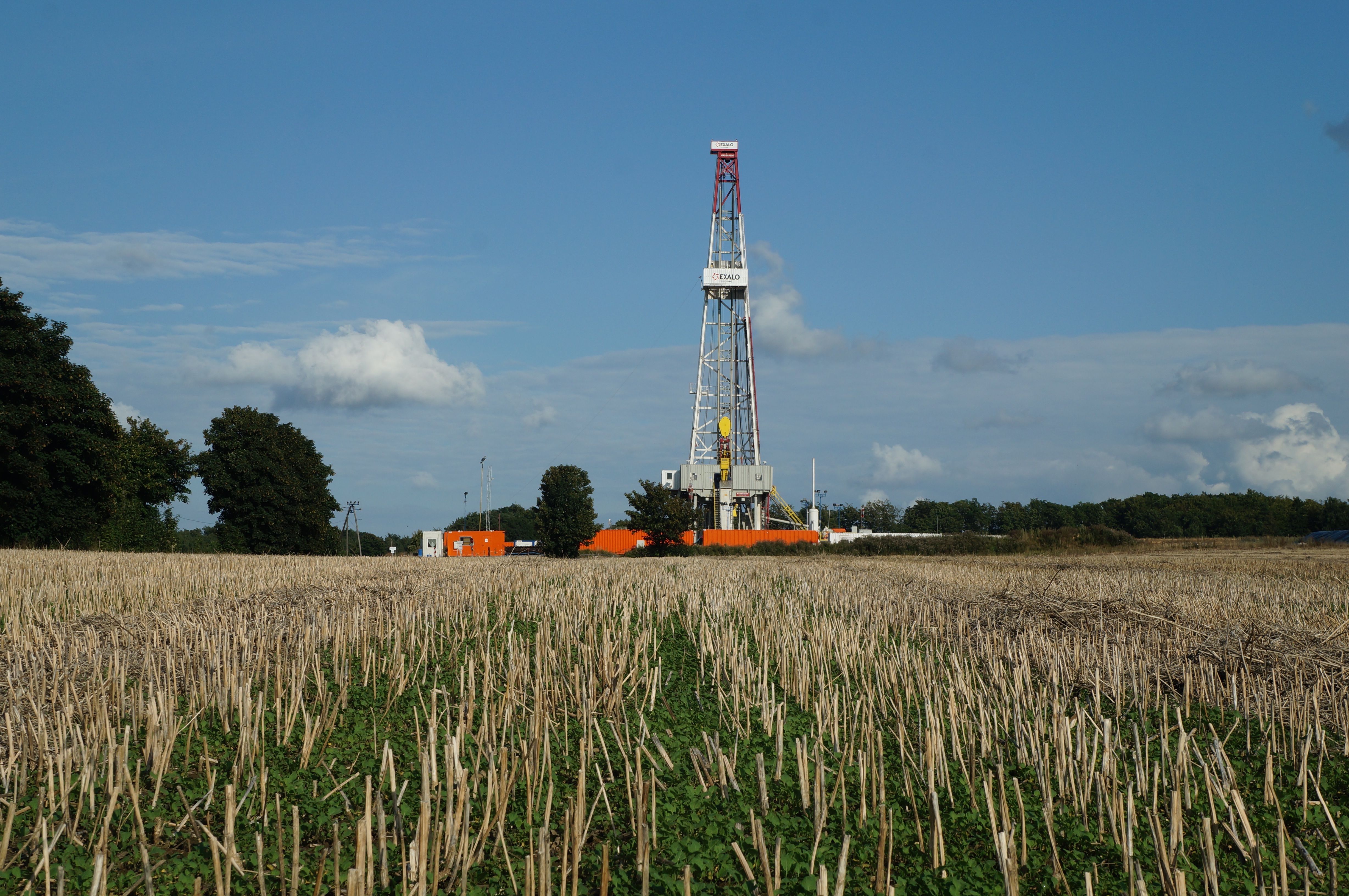On average, local benefits of fracing—including increased income, employment, and housing prices—outweigh the costs.
Vicki Ekstrom

As hydraulic fracturing, or fracing, is poised to play an even more important role in the nation’s energy system in coming years, how can benefits at the national scale—such as lower energy prices, enhanced energy security, and lower air pollution and greenhouse gas emissions—be weighed against concerns that negative health and social impacts outweigh the economic benefits for local communities where drilling takes place? The first nationwide study of the comprehensive local impacts of fracing, co-authored by a team of MIT, Princeton, and University of Chicago researchers, finds that when the costs and benefits are added up, communities have on average benefited from allowing it.
In studying the economic impacts, co-authors take into account local changes in amenities, including determinants of quality of life like truck traffic, criminal activity, noise and air pollution from drilling activity, and beliefs regarding negative health effects. They found these costs are outweighed by the benefits, which total $1,200 to $1,900 per year for the average household.
On this, co-author Chris Knittel, the George P. Shultz Professor of Applied Economics at the MIT Sloan School of Management and Director of the Center for Energy and Environmental Policy Research, says: “This study makes it clear that on net there are benefits to local economies—which we believe is useful information for leaders in the United States and abroad who are deciding whether to allow fracing in their communities.”
The benefits include a 6 percent increase in average income, driven by rises in wages and royalty payments, a 10 percent increase in employment, and a 6 percent increase in housing prices. On the costs side, fracing reduces the typical household’s quality of life by about $1,000 to $1,600 annually – excluding the increase in household income.
These costs and benefits are based on the present knowledge at the time, says co-author Michael Greenstone, the Milton Friedman Professor of Economics and director of the Energy Policy Institute at the University of Chicago: “Our estimates are based on the knowledge that communities currently have. So, for example, if new information emerges that indicates that there are larger negative, local health effects than is currently believed, this would likely lead to declines in housing prices and the overall welfare impacts. But based on what is currently known, the average community that has allowed fracing has enjoyed substantial net benefits.”
The authors also find that each region is affected differently, with some benefiting more than others. For example, the estimated effect on house prices was much larger in North Dakota’s Bakken shale and Pennsylvania’s Marcellus shale than in other regions.
“There appears to be a good deal of heterogeneity in the estimates across the nine shale regions in our sample,” says co-author Alex Bartik, of MIT. “These differences reflect both variation in how large fracing activity is relative to the local economy, as well as differences in local housing markets. In future research, we’re working on understanding this heterogeneity better.”
Co-author Janet Currie, of Princeton, adds “Communities that have banned facing would perhaps have seen less benefit. The heterogeneity in effects lends support to the idea that local communities should have a voice in decision making about fracing. It will also be important to think about whether it is possible to compensate individual people in local communities who experience the costs of fracing without participating in the benefits.”
Despite the heterogeneity, the overall trend is clear, says Greenstone: “All in all, the current data shows that on average the overall benefits to local communities outweigh the costs.”


